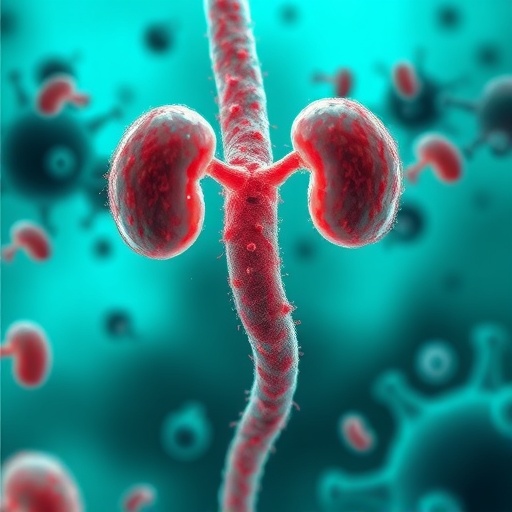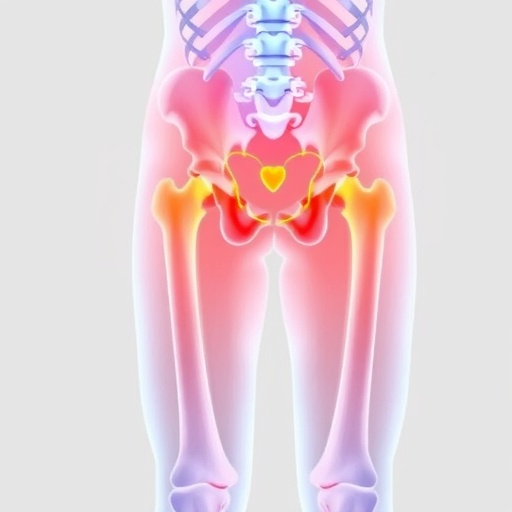Large-scale changes to the structure of the genome are often seen in cancer cells. Scientists at the Babraham Institute in Cambridge, UK, have found a way to detect these changes, which could enhance cancer diagnosis and aid the use of targeted treatments.
The report, in the journal Genome Biology, outlines a new application of a technique called Hi-C, which allows scientists to map how genetic material is arranged inside cells. By analysing this information, researchers can reliably identify major genetic changes that other methods may miss. This all comes at a lower cost than standard DNA sequencing methods.
Hi-C can detect chromosome rearrangements — where large sections of DNA are exchanged or moved between pieces of the genome called chromosomes — and also copy number variation — where genetic material gets copied or deleted. Both of these changes can have drastic effects on how the cell behaves.
First author on the paper, Dr Louise Harewood, said: "Chromosomal rearrangements are seen both in the general population and in the majority of cancers. Detection of chromosome rearrangements in patients can be troublesome and many can be missed. This can be detrimental, particularly in oncology where rearrangements can play both diagnostic and prognostic roles."
The scientists, led by Professor Peter Fraser, used Hi-C to examine the genome of cancer cells from six people with brain tumours. They were able to identify major genome changes, often with pinpoint accuracy. Uniquely, this approach allows doctors and scientists to study genetic changes in the wider context of the whole genome. Hi-C could become a powerful tool for understanding the complex genetic changes found in many cancers.
Professor Fraser, said: "Hi-C could play a pivotal role in the detection of chromosomal abnormalities and may aid the discovery of new fusion genes. The technique works with much lower quality samples than current techniques and has the additional advantage of being able to provide copy number information from the same data. This all comes at a significantly lower cost than standard methods that use DNA sequencing."
###
Media Contact
Jonathan Lawson
[email protected]
01-223-496-230
@babrahaminst
http://www.babraham.ac.uk/
http://www.babraham.ac.uk/admin/news/edit/526
Related Journal Article
http://dx.doi.org/10.1186/s13059-017-1253-8
############
Story Source: Materials provided by Scienmag




